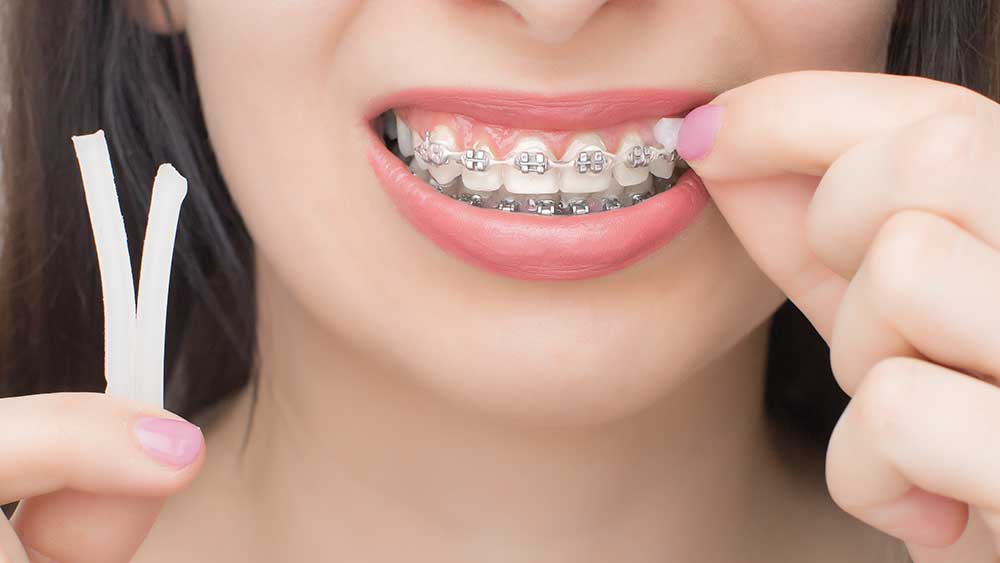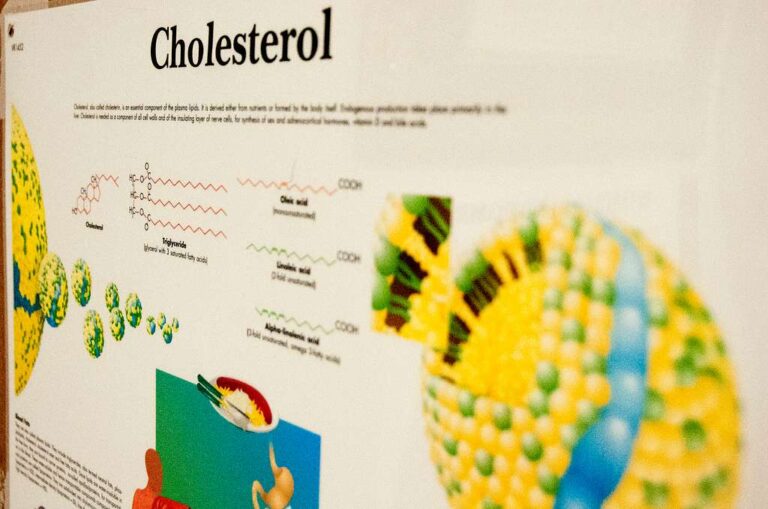How to Manage Pain and Discomfort After Getting Braces

Many individuals experience discomfort after a trip to the orthodontist. This temporary pain arises from the pressure applied to adjust and align teeth. Understanding the nature of this discomfort and knowing how to manage it can make the adjustment period more manageable. Here is more information on a few effective strategies you can follow to alleviate pain and improve comfort:
Understanding Braces Pain
Pain following an orthodontist appointment typically results from the tension placed on teeth and gums during the alignment process. This tension can cause mild soreness or tenderness, particularly in the first few days after braces are tightened or newly applied. The pain often intensifies while chewing or biting and may even extend to the jaw or gums. This response is a natural reaction of your teeth and surrounding tissues to the adjustment process as they gradually shift into new positions.
The discomfort usually diminishes within a week as your mouth adjusts. It may recur periodically during routine orthodontic adjustments, but the intensity often lessens with time. This is because your teeth become more accustomed to the braces.
Exploring Pain Relief Techniques
Addressing discomfort shortly after the application of braces involves simple, accessible methods. Cold therapy is one of the most effective. Using an ice pack externally can help reduce inflammation and numb sore areas. Similarly, sipping cold water soothes the mouth internally, lessening discomfort around braces.
For oral soreness, orthodontic relief wax can create a protective barrier between braces and the inner cheeks or lips. Applying wax over brackets or wires reduces irritation and prevents small cuts or sores. For persistent pain, over-the-counter pain relievers are effective. Medications like ibuprofen or acetaminophen address soreness quickly. Always follow the package directions for dosage to avoid improper use.
Adjusting Dietary Factors
Eating the wrong foods can aggravate braces pain. During the first few days post-application or adjustment, eat soft foods to minimize pressure on sensitive teeth. Examples include yogurt, mashed potatoes, oatmeal, smoothies, and soups. These foods require minimal chewing, making meal times more comfortable.
Avoid hard, crunchy, or chewy foods like nuts, raw vegetables, caramel, or gum. These can strain sensitive teeth and exacerbate soreness. Such foods can damage brackets and wires, prolonging treatment. Stick with gentle and easily consumable meals during initial discomfort. A well-chosen diet supports the healing process and minimizes unnecessary strain on the orthodontic appliances.
Managing Pain from Braces
Keeping braces and teeth clean plays a role in minimizing pain. Plaque and food debris stuck in brackets can lead to gum irritation and swelling, which amplifies discomfort. Use a soft-bristled toothbrush to clean your teeth thoroughly. Brush gently along the gumline and around brackets to remove debris without causing irritation.
Utilize orthodontic tools like interdental brushes or water flossers to clean between braces and under wires. These tools support your cleaning routine by accessing areas that regular toothbrushes may miss. Saltwater rinses are another effective method to soothe gum soreness. Gargling with warm salt water not only reduces inflammation but also helps prevent infections. This natural remedy is particularly effective if you notice minor cuts or sores in your mouth due to braces rubbing against soft tissues.
Find an Orthodontist
Experiencing pain after getting braces is a natural part of the treatment process and generally resolves within a few days. Reliance on methods like cold therapy, over-the-counter medication, and orthodontic wax alleviates discomfort. Soft foods reduce oral strain, while proper hygiene practices minimize irritation and promote healing. By applying these strategies, you can manage braces pain effectively while prioritizing the overall success of your orthodontic treatment.
- What to Expect When Visiting a Foot and Ankle Specialist
- Causes of PTSD
- The Link Between Plantar Fasciitis and Weight Gain: What You Need to Know
- How Pet Ownership Can Positively Impact Life with Fibromyalgia
- The Importance of Stretching and Flexibility in Sports Medicine
Dr. Emma Green is a health and wellness expert with over 10 years of experience in nutrition and fitness. Passionate about helping others live their healthiest lives, Dr. Green shares practical advice on wellness, nutrition, and sustainable living through LivingSpristine.






